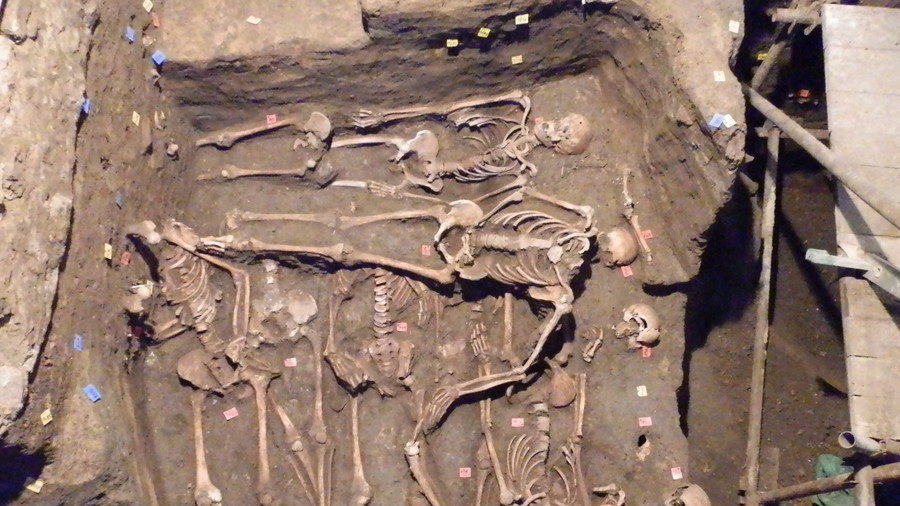OF THE
TIMES
The course of life and labour reminds me of a long journey I once took on the railway. Suddenly, there was a breakdown ahead, and passengers took the event in various ways. Some of them sat still resignedly, and never said a word. Others again, went to sleep. But some of us leaped out of that train, and ran on ahead to clear the road of all obstructions.
We should not be concerned about property damage from the looting and riots because those were predominantly Black-owned businesses totally...
I think the late 70s/early 80's was when I was in the habit of turning on NPR as I was driving. I even threw them a few bucks, and felt I was...
What a great way to get the public to hate your cause.
18 to 60 indefinite Military career. An entire country of Military Fighters, willing to die for the cause. And the cause is... what was the cause...
As it turns out, the western public thought they were ruling themselves, and their “elected” leaders showing the public they have rulers and...
To submit an article for publication, see our Submission Guidelines
Reader comments do not necessarily reflect the views of the volunteers, editors, and directors of SOTT.net or the Quantum Future Group.
Some icons on this site were created by: Afterglow, Aha-Soft, AntialiasFactory, artdesigner.lv, Artura, DailyOverview, Everaldo, GraphicsFuel, IconFactory, Iconka, IconShock, Icons-Land, i-love-icons, KDE-look.org, Klukeart, mugenb16, Map Icons Collection, PetshopBoxStudio, VisualPharm, wbeiruti, WebIconset
Powered by PikaJS 🐁 and In·Site
Original content © 2002-2024 by Sott.net/Signs of the Times. See: FAIR USE NOTICE

Reader Comments
to our Newsletter